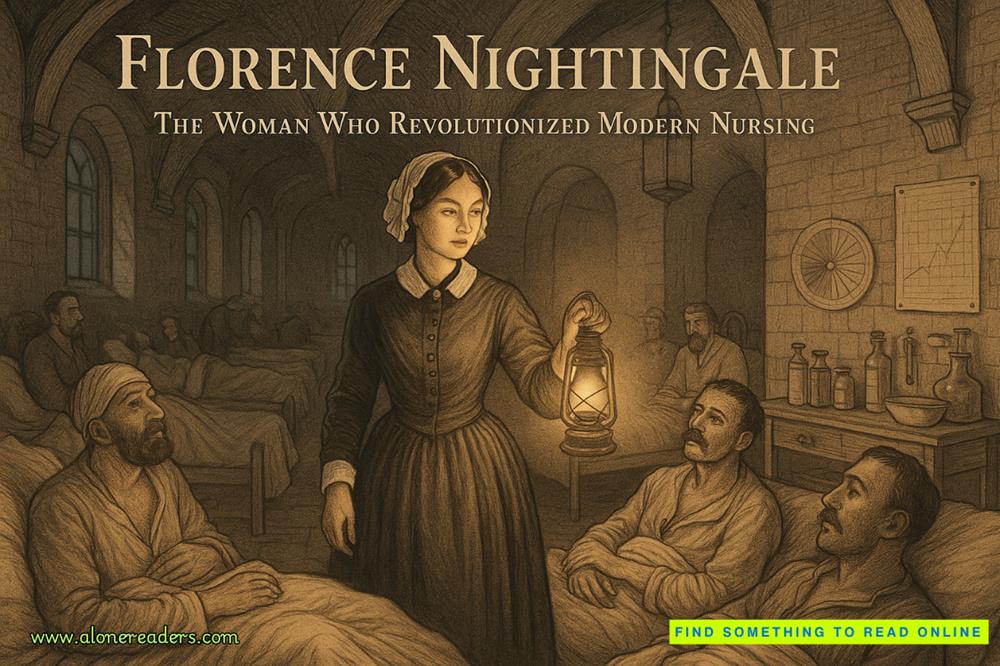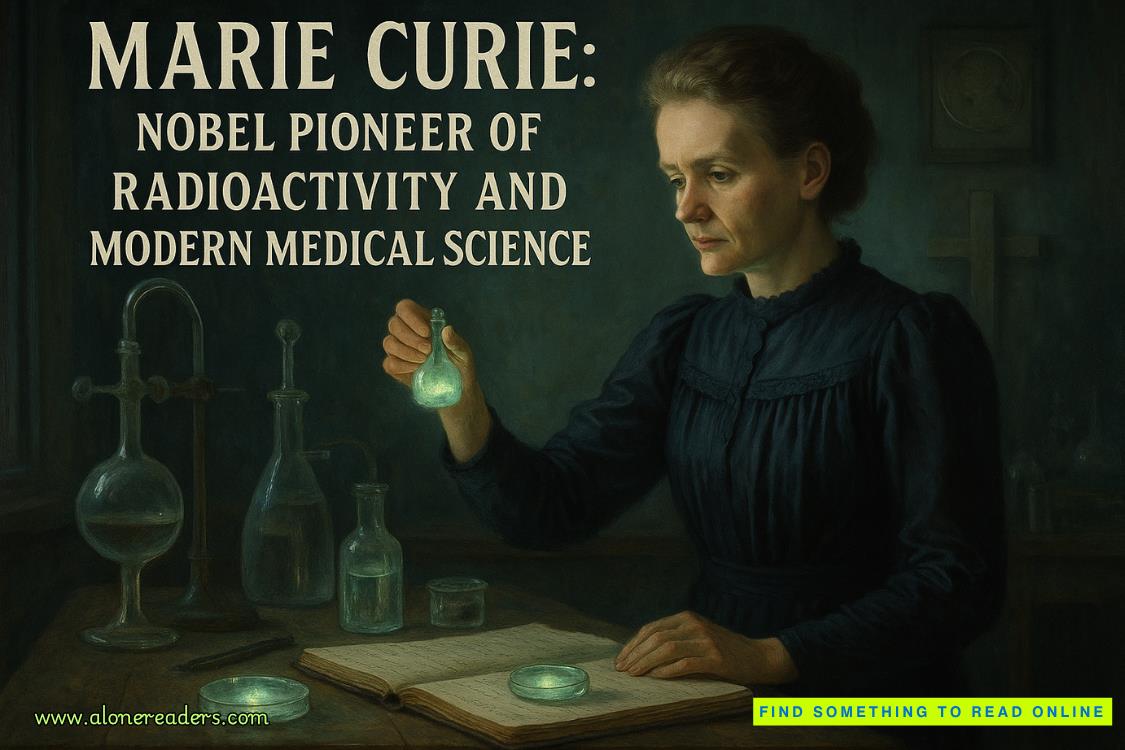Page 10 of Murder
I use a computer program to determine which interventions are worthwhile and helpful. For example, five bears living in a three-hundred-acre enclosure is a lot of bears on not much land, so without some tweaks to make the small environment more nutritionally rich than “regular” nature, my bears might not thrive.
My program calibrates several dozen variables, every factor from the number of years the bears have inhabited the same acreage, to number of bears in the enclosure during each month of the total enclosure time, to number of various types of plants that yield various berries, etc.
Some of my grants require me to keep physical data on the bears, so two to three times a year, they’re sedated, and I draw blood. I analyze it for nutrition, among other things, so I can adjust their vitamins accordingly.
Five bears is my max capacity. That includes three long-term inhabitants and two transients.
Harold is the oldest and tamest—a former circus bear who would never survive outside captivity, so I enrolled him in a long-term study on osteo-health conducted by a veterinary school in Alabama. Harold is leery of top hats and petrified of whips and sequins. Which is fine, because I’d look nuts in a top hat, and considering my perma-single status, I’m not really one for whips or sequins.
My second-most-laid back bear bud is Aimee. Aimee is a dude, but his owner—a chain-jewelry-store magnate—didn’t know that when she bought him on the black market. When she called me about taking custody of Aimee, the photo she emailed featured Aimee in a purple “ear bow.” Whether Aimee could be released into the wild in some capacity isn’t clear yet. I’ve been monitoring him carefully and recording data since he came to me in February.
Brooksie is a former petting zoo captive and a lightning-fast tree climber. Like Aimee, she may be capable of living in the wild, particularly if she’s tracked and monitored. Since she’s female, releasing her would be particularly gratifying; she would likely reproduce. Until then, I’ve had to program my tracking software to give me an alert when she and Aimee are in the same area.
Fourth on my roster is Cinnamon, a three-year-old female who’s spent all but the last five months in the wild. She’s here only because her leg was badly injured in a poacher’s trap this summer. She’ll hunker down on my land when it gets cold, and next spring she’ll be tagged and released.
Last, there’s Papa Bear, my secret fave. When a family in rural Virginia found him as a cub, they called him “Boo Boo.” For years, this family caged Papa with their four Dobermans. They fed him table scraps and tried to “train” him. By the time I got a call from an Appalachia humane society last December, poor Papa Bear was dangerously thin and so unruly, he was being given sedatives.
I took him in early January, even though I knew it was a risk. The crew who brought him recommended I wear a maim-proof vest and helmet, but I just nodded and told them where to lay his tranquilized body in my isolation pen.
The isolation pen is the acre of the enclosure closest to my house and my stock shed. It’s not in play unless I choose to partition the acre off, something I only do for very ill bears or bears like Papa, who have been kept in such tight quarters that releasing them into a large space would frighten them.
Papa expected to be fed and watered regularly. He’d never had food fit for a bear. His coat was dull and thin, his body lean enough that I remember thinking that first day, as I watched him sleep, he almost looked like a tall human in a bear suit.
I watched him wake up and walk around in circles that day, moaning and chuffing. His body shook from the anesthesia required to transport him to my place. His eyes darted around—looking for other animals? He’d spent his entire life with dogs, except the previous three weeks, when he’d been kept at a shelter.
Clinging to my cell phone, with my tracking program zeroed in on Papa’s small green dot, I went into my cabin and cried.
Gradually, I started reading more about techniques developed by other caretakers in a similar position. Things that might help Papa.
For the remainder of last winter, I found myself obsessed with him. I started talking to him through an opening in the fence. I started throwing cardboard tubes filled with berries and honeycomb over the fence, teaching him, with the tubes, to do normal bear things, like forage for food. The frozen vitamin ball bombs I threw over the fence got his coat looking shiny. I brought him black cherries and hickory nuts that helped him put on weight.
Then in July, just a few weeks after I opened the isolation pen and granted Papa access to the other bears, he cut his foot on something and got an infection. I called my friend Sam, a large-game vet who works at the Memphis Zoo, and he came out and helped me sedate Papa. He cleaned and wrapped the wound, then left me with antibiotics and promised to return in a few days.
I took the opportunity to sit with my sleeping friend.
To my shock and horror, Papa Bear woke up early. I had my arm around his neck. He raised his head and made a keening sound. I stood slowly. He lumbered up and looked right at me. Shaking, and with glazed eyes, he nuzzled me. All the blood drained from my face. He made a roaring noise, and just as my sweating fingers reached for my bear spray, he nuzzled my arm. Since then, he comes to me and leans against me every time I go into the enclosure. I guess he wants the nurturing he never got.
I’m feeling pretty chipper as I punch my code—010212—into the gate and stride to the stock shed just inside.
The weathered shed came with the property, a relic from an old moonshine operation. I thought it was cute, so I reinforced the worn, wood walls from the inside, laid a cement floor, and installed metal shelving, plus a refrigerator and a tiny sink. I punch the same code into the lock beside its door and pull the door open.
Creak…
I see a swirl of snowflakes that aren’t here. I smell gardenias, feel the numb cold seeping through my boots. The clink of tire chains against ice is loud enough to drown out every thought inside my head. A year ago, my next move would have been to crouch under the metal shelves and put my head on my knees. Now I stop and take a breath. I count while I release it, imagining the memory running through me like the white fog of a ghost.
Sometimes certain sounds will bring on a flashback. I’ve noticed the triggers are often clinks and beeps and creaks—like the creaking of the shed’s door just now. Since I don’t consciously remember anything like that, I’ve decided they’re probably sounds from the emergency vehicles.
I take a few more deep breaths and close my eyes. “I’m right here, and I’m completely fine.”
I open the freezer and pull out an ice block of berry mash and vitamins, then pull a wood box off the nearest shelf, lift the lid, and drop the ice block in.
Keeping track of supplies and food is one of the most boring aspects of my job, so I try to liven it up with music. I pull the iPhone band off my upper arm and search my song list for one that fits my mood.
Jason Isbell, “24 Frames.” I try to let the singer’s voice blot out my troubles while my hands get busy fastening my work belt around my hips and grabbing my clipboard off a nail in the wall.
According to my log, I need to spread some cedar shavings near the pond, sink a box of frozen treats, and toss four vitamin ball bombs into the trees.
I tap my foot against the cement floor and sing along with Jason while I slip the vitamin bombs into the pockets of my belt and pile cedar shavings in the middle of a canvas blanket. I shake my ass as I knot the blanket’s four corners, creating a big pouch I sling over my shoulder. Finally I mute my music, tuck the treat box under my arm, and step outside into the filmy morning light.















